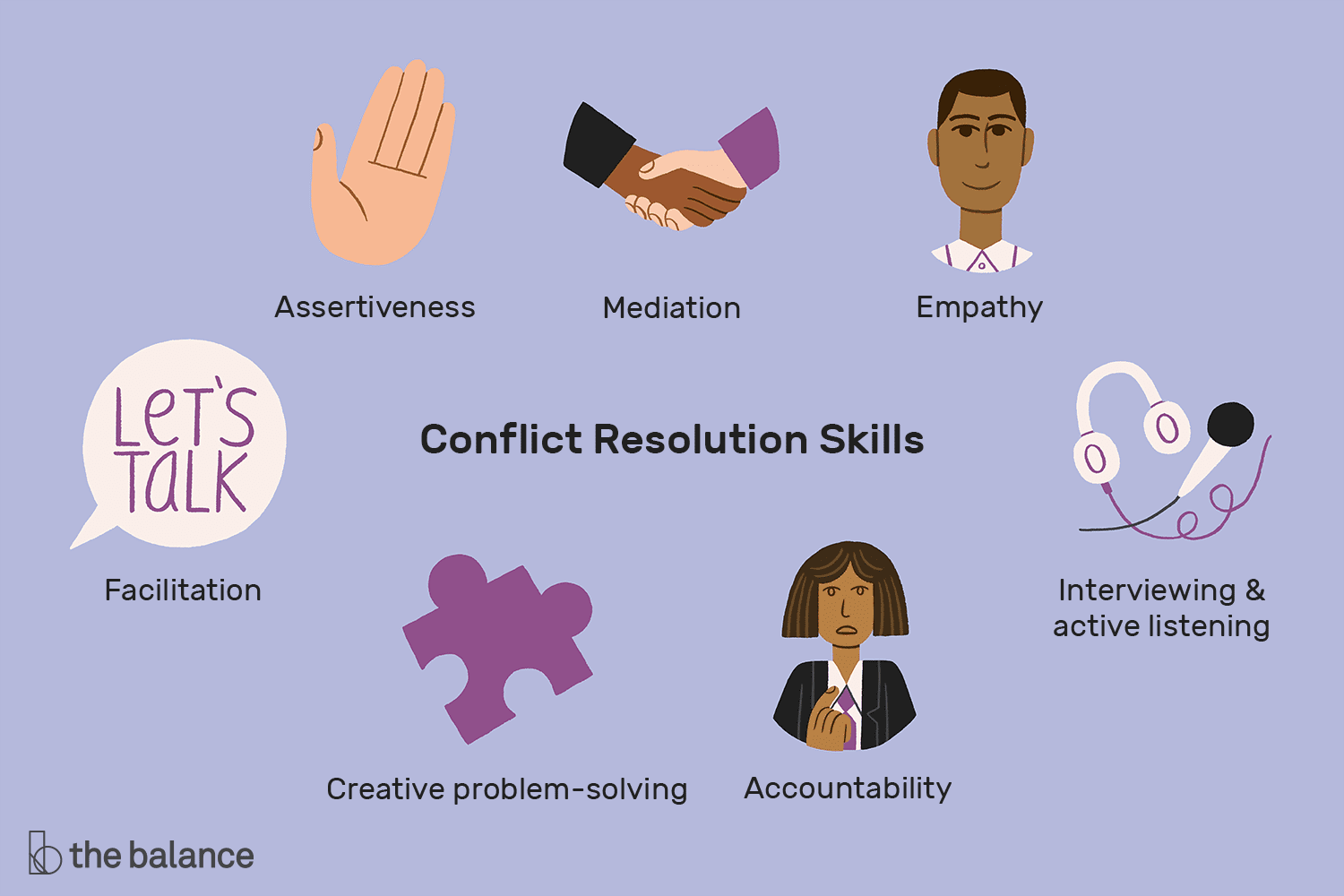Conflict Resolution and Mediation in the Workplace

In any workplace setting, conflicts are bound to arise. Whether it’s due to differences in opinion, conflicting personalities, or misunderstandings, managing and resolving conflicts is crucial for maintaining a healthy work environment. Conflict resolution and mediation techniques play a vital role in helping individuals and teams address issues, foster collaboration, and promote overall productivity. This article explores the importance of conflict resolution and mediation in the workplace and provides tips on how to implement effective strategies.
Understanding Conflict in the Workplace
Conflict in the workplace can take various forms, including interpersonal conflicts between colleagues, conflicts between employees and managers, or even conflicts between entire teams. It is essential to recognize the potential negative impacts conflicts can have on individual job satisfaction, teamwork, and overall organizational performance.
Common causes of workplace conflicts include communication breakdown, differences in leadership style, competing goals, power struggles, and personal or cultural differences. When conflicts are not resolved promptly and effectively, they can fester and escalate, leading to a toxic work environment, decreased employee morale, and increased turnover rates.
The Role of Conflict Resolution
Conflict resolution refers to the process of addressing and resolving workplace conflicts in a productive and constructive manner. It involves identifying the underlying causes of conflicts, promoting open and honest communication, and finding mutually agreeable solutions to disputes. Employing conflict resolution techniques can help create a more harmonious work environment, improve relationships, and enhance overall organizational performance.
The Benefits of Mediation
Mediation is a widely recognized dispute resolution method utilized in many workplaces. Mediation entails the involvement of a neutral third party, often a professional mediator, to facilitate the resolution process between conflicting parties. The primary objective of mediation is to enable the parties involved to communicate their concerns, needs, and perspectives without judgment, allowing them to collaborate and find a mutually satisfactory resolution.
Mediation offers several advantages over other dispute resolution approaches. Firstly, it empowers the involved parties by allowing them to have a say in the outcome rather than having a decision imposed upon them. This often leads to more sustainable resolutions and a greater sense of satisfaction for all parties involved. Secondly, mediation is less adversarial than traditional disciplinary or legal processes, fostering a more cooperative and positive work environment. Finally, mediation saves time and resources by preventing escalating conflicts and preventing the need for formal investigations or legal actions.
Implementing Effective Conflict Resolution and Mediation Strategies
To create a workplace culture that effectively addresses and resolves conflicts, consider implementing the following strategies:
1. Promote a Respectful and Inclusive Work Environment
Encourage open communication, active listening, and respect for diverse perspectives. When employees feel valued and heard, conflicts are less likely to escalate.
2. Establish Clear Policies and Procedures
Clearly define expectations, roles, and responsibilities for everyone in the organization. This avoids misunderstandings and provides a framework for addressing conflicts when they arise.
3. Provide Conflict Resolution and Mediation Training
Equip employees with the necessary skills to manage conflicts effectively. Training on negotiation, communication, and empathy can empower individuals to address conflicts proactively.
4. Encourage Early Intervention
Address conflicts promptly and proactively before they escalate. Encourage employees to seek mediation or use informal conflict resolution techniques to rectify issues at an early stage.
5. Utilize Mediation Services
Consider utilizing the services of an experienced mediator when conflicts arise. Mediators can help facilitate productive dialogue and guide parties towards mutually agreeable resolutions.
6. Foster a Culture of Feedback and Continuous Improvement
Promote a feedback culture within the workplace that allows individuals to express their concerns and seek resolution. Encourage regular check-ins and provide opportunities for open dialogue.
Conclusion
In every workplace, conflicts are inevitable. However, with a proactive and constructive approach to conflict resolution and mediation, organizations can turn conflicts into opportunities for growth and collaboration. By promoting a respectful work environment, providing the necessary training, and utilizing mediation services when required, conflicts can be addressed efficiently, resulting in a happier and more productive workforce.